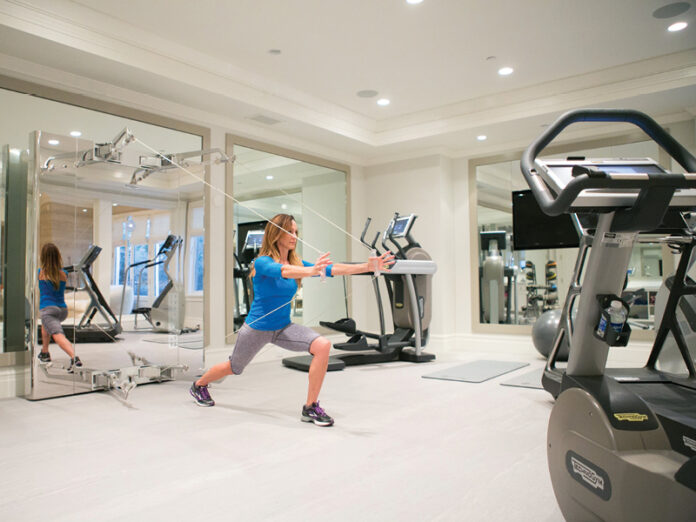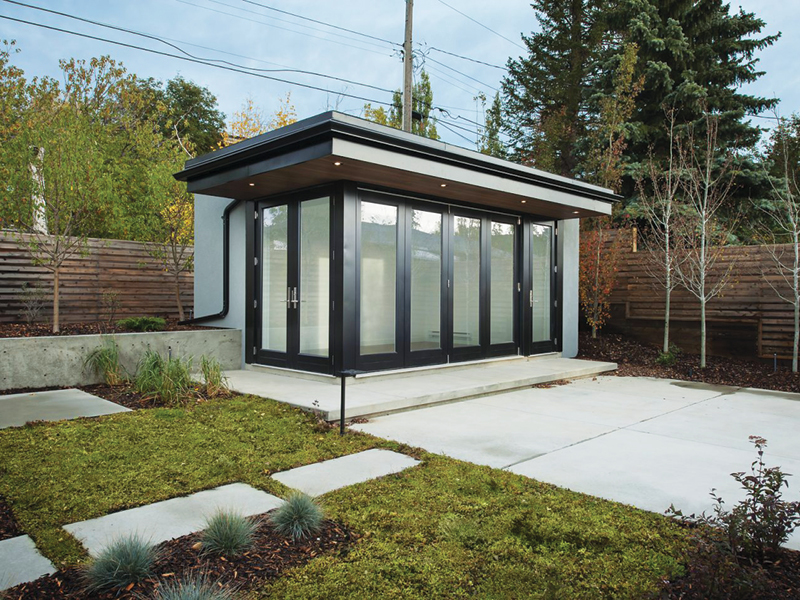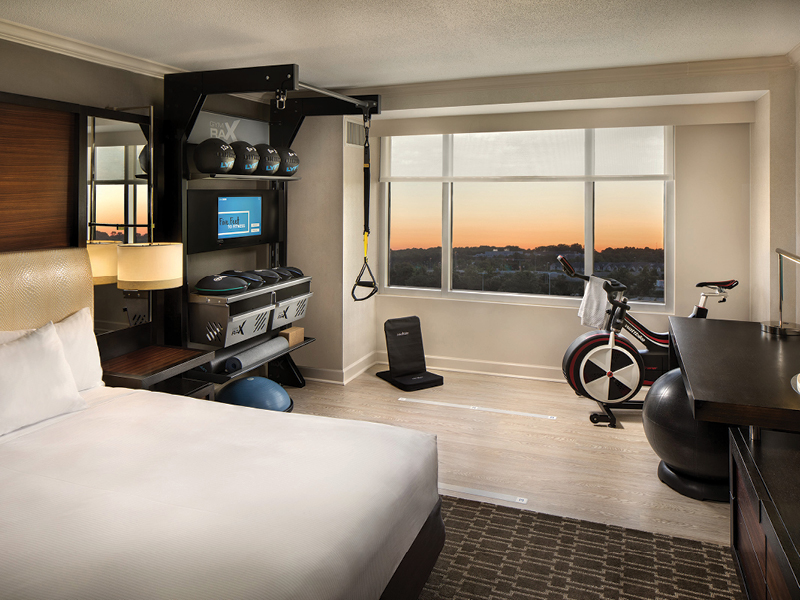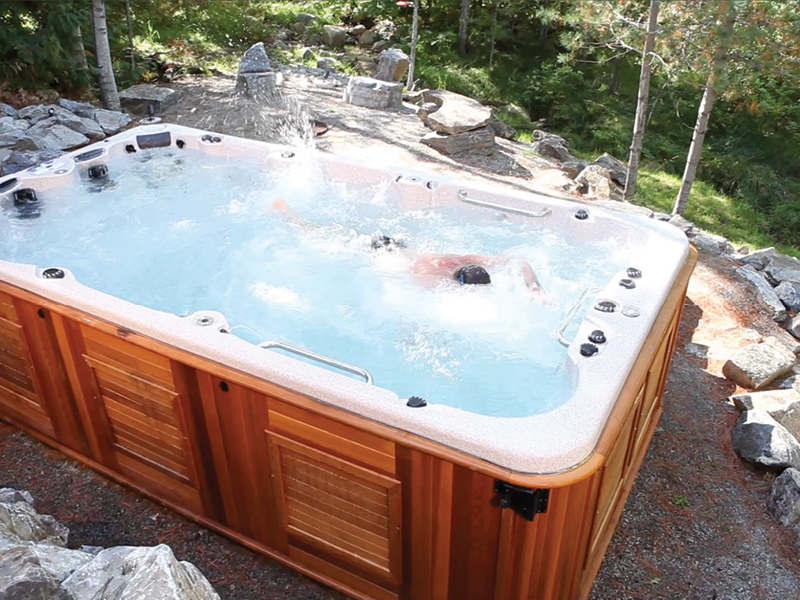
If home is where the heart is, it could also be where you get your heart rate up. A home fitness space takes away so many excuses about whether you can work out and, if it’s designed properly, it can be the magnet that draws you home to get your sweat on.
Before creating your personal fitness oasis, ask yourself what you and your family will be using the space for and create a place where you can do what you love to do. Most people aren’t training to do a treadmill contest, they want to be fit for life or they want sport-specific training. Think of how you need to develop your own strength, cardio and flexibility.
Basements and garages often make for the default home gym, because well, why not. But if there are few windows in the basement, or the garage feels more like a place you should be changing oil than changing your life, you may not get the results you desire. Try to select a space with the most natural light possible. Light helps create an open, inviting space, key to creating an energizing environment.
Modern LED systems can provide options for different colour lighting to go with the mood of your routine.
Build from the foundation up. Flooring is the No. 1 place to spend your money and virgin rubber tiles are best. At $12-$15 a square-foot they aren’t cheap, but virgin rubber mats are durable, slip-resistant, won’t absorb moisture and don’t off-gas like recycled rubber mats will. Wood, cork, laminate, carpet, tile and linoleum all have drawbacks, from strength and durability to comfort and performance.
No matter how big, or small, your space is, try to maintain its openness. People feel compelled to fill a room with cardio machines and weight racks, but allowing yourself room to move will provide more benefit from functional exercises, no matter the equipment. After all, exercise is about movement. Less clutter also leaves more floor space for mat exercises, yoga and meditation.
A great exercise room will have ample ceiling height, even in spaces as small as 150 square-feet. If your ceiling is too low, rethink the location: eight feet should be a minimum ceiling height. The walls connecting your floor and ceiling provide myriad opportunities to inspire. Blues and greens that calm and reds that energize are choices to consider. Large mirrors or even a glass wall connecting your gym to another part of house can make your space feel enormous.

Built-in entertainment systems for motivational music and a flat-panel video screen can be key pieces of the home gym. Personal training tutorials are abundant on the internet to guide you through hundreds of different workouts, or you can tune in a cooking show or the hockey game while you get your cardio on. Where free weights will take up space, modern cable machines can be built into walls and largely hidden from view. A unique space-saving option can be seen in a compact fitness kiosk we created for Hilton Hotel guest suites called Five Feet To Fitness. It’s got everything you need for a great workout in a tight space.

Cardio machines will eat floor space, so think carefully about what you need and what you will use. Treadmills are for runners, and spin bikes work for cyclists. A cycle trainer sets up and stores easily and allows you to ride the bike you love training indoors. You can track your watts and RPM on a flat panel while riding a virtual Tour de France.
Do you love to swim? If a swim spa is in your budget, a $20,000 to $40,000 investment can make an all-weather pool the piece-de-resistance on any home fitness journey. A swim spa generates a current to swim against and doubles as a hot tub to relax after you put in the heavy miles.

Lastly, take a deep breath and think about the smells around you. There are ways to create ambient scents with hypo allergenic diffusers that can stimulate or relax while cutting through sweaty gym odours.
















